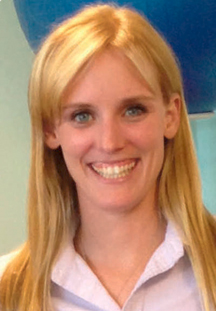Are You Noticing Poor Posture?

Over time poor posture can take a toll on many parts of your entire body. If you are noticing back, hip, neck and joint pain, reduced flexibility, and weak muscles. These symptoms can limit your ability to burn fat, build strength, and perform your typical activities of daily living in a safe manner. Many times, these health problems are a result of years of poor posture. It is never to late to make an improvement in posture regardless of your age or other comorbidities. Many of these health problems can be corrected by taking a posture self-assessment and performing specific exercises to improve form. If that still does not work, physical therapy is a great option to address posture related health issues.
To take a posture self-assessment; wear flat shoes, take one picture from the front of your body and one picture from the side. Stand tall and relaxed with feet hip width apart. Look at your ear and draw a line straight down to the floor. If it’s in front of the midpoint of your shoulder, your head is too far forward. In the picture can see your shoulder blade? That means your shoulders are rounded and may be winged. Your physical therapist can create a custom program to improve that error. If your hips tilt forward and your lower spine is arched significantly, this means you have an anterior tilt which can cause weak abdominal muscles, glutes, hamstrings and tight hip flexors. In the picture look at your shoulders they should appear to be the same height. If one is higher than the other you may have a curve called scoliosis which can be helped with specific exercises.
If you found from the photographs that you have a forward head, the exercise to perform first is called a chin tuck. Pull your chin inward towards your sternum as if you are making yourself have a double chin. Hold for 5 seconds and repeat 20 repetitions.
If in your photographs you found rounded shoulders, the exercise to begin with is lying face down on the floor, with each arm at a 90-degree angle in the high-five position. Without changing your elbow angle, raise both arms by pulling your shoulders back and squeezing your shoulder blades together. Hold for 5 seconds and repeat 30 repetitions.
If in your posture assessment photographs, you found you had an anterior pelvic tilt there is an exercise for that. Kneel on your left knee, with your right foot on the floor in front of you, knee bent. Press forward until you feel the stretch on your left hip. Tighten your glute muscle in your buttocks on your left side until you feel the front of your left hip stretching comfortably. Hold this position for 20 seconds and repeat 5 times on each leg.
Lastly, if in your assessment you found elevated shoulders you can correct that through consistent exercise. First, sit on a chair with your hands next to your hips, palms down on the seat, arms straight, without moving your arms push down on the chair until your hips lift-up off from the seat and your torso rises. Hold this position for 5 seconds and repeat 30 times.
Hopefully after reading this article you are thinking of your posture and possibly sitting up straighter and standing taller. If not, please take a moment to assess your posture for the four basic problems which can be corrected through exercise. As always, remember, there is a competent physical therapist in this community ready and waiting to assist you in your recovery.
As always, yours in Healing,
Dr. Rachel Lys, DPT
631-668-7600 EastHamptonPhysicalTherapy.com

